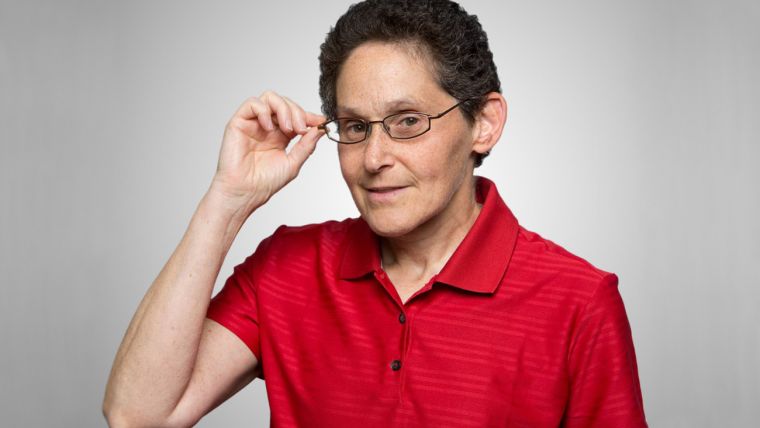The Bravest People in GIS
Dealing with lengthy political processes; employees threatening to quit at the mere thought of working in a standards role; hearing jokes made about the result of your hard work. Adena Schutzberg takes a stand for all those who work in the sometimes maligned world of standards development.
I know many brave people involved in GIS. Some start their own companies. Some work on wildfire GIS maps and applications and then go and fight actual wildfires. Some try to teach challenging software over the Internet to anyone who is interested. I want to celebrate another brave group of people in our industry: the ones who develop standards.
Idealistic or Just Plain Unlucky?
As I write this column, the Federal Geographic Data Committee (FGDC), the US government committee that promotes the coordinated development, use, sharing and dissemination of geospatial data for the country, is seeking comments about retiring one of its endorsed data encoding standards. The Spatial Data Transfer Standard (SDTS), first approved in 1994 after 12 years of development, was not and is not widely used. And, it may be time for it to be filed away for good.
Let me get back to why individuals who work on standards in general, and geospatial standards in particular, are brave. First off, they have to get involved. From my experience that means one of two things: either these individuals are idealistic or they get the short end of the stick.
The first group seems to have standards in its blood. I’d put the team who launched and held positions in the Open Geospatial Consortium in that category. Others worked at organisations that supported OGC’s and other formal and informal standards efforts. They either had or developed a passion for standards development and often evangelising.
The “not so idealistic” group had standards thrust upon them. A senior fellow at one of the big geospatial companies told me years ago how he got involved in standards development: everyone on his team that he asked to take on the role said they’d quit if they had to do it. After I started consulting to OGC and discussing my work with my parents, I learned Dad was a standards guy at his aerospace company. Dad echoed the sentiment above: “No one else wanted to do it”. So, he did it. Unlike his peers, my father never got laid off and later took a “golden handshake” and enjoyed an active retirement with my mother. It’s hard to know if my father was brave or stupid in taking on a standards position, but it worked out in the end for all concerned.
Battle of Words
Another reason I consider standards participants brave is that they must deal with the politics of the process. I’ve only seen how one organisation, OGC, makes the sausage with my own eyes. But from reading about other organisations and processes, I understand it’s rarely easy or pretty. And, it’s slow. Still the battles of words are fought, the lengthy technical documents written, the arguments made about the correctness of one camp’s vision and the long meetings are endured. And, when the process gets off course, as it did in the OGC in 2013, the participants retrench and update the road map.
Life Cycle of a Standard
The final reason I put the standards development people up there with the bravest of the GIS brave, is that they have to live through the life and death of the standards they touch. Even if they don’t write a standard, by participating, commenting and perhaps voting “yay” or “nay”, they are responsible for the outcome. And, that means perhaps feeling a bit of a twinge when the 14 year old Web Map Standard (WMS) is referred to in 2014 as “oldfashioned”. Or feeling saddened when hearing jokes about SDTS and how it did not meet expectations and may be retired.
Starting a business is brave. Fighting fires is brave. Teaching difficult material is brave. And so is working in the rarely seen and sometimes maligned world of standards development.
This article was published in GIS Professional February 2014

Value staying current with geomatics?
Stay on the map with our expertly curated newsletters.
We provide educational insights, industry updates, and inspiring stories to help you learn, grow, and reach your full potential in your field. Don't miss out - subscribe today and ensure you're always informed, educated, and inspired.
Choose your newsletter(s)
























